สี่ปีของยานคาสสินี-ผลงานสำรวจดาวเสาร์
Teacher Phaitoon Yaemprasuan Occupation and Technology Group
from http://www.boston.com/bigpicture/2008/05
/cassini_nears_fouryear_mark.html
NASA's Cassini Spacecraft is now reaching the end of its four-year prime mission (on June 30th), and about to enter into its extended mission. What a nice excuse for a retrospective of some of the great images sent back home by Cassini over the past four years. ยานอวกาศคาสสินี ขององค์การนาซา (บริหารการบินและอวกาศแห่งชาติอเมริกา) เดินทางใกล้ถึงจุดสิ้นสุดพันธกิจ 4 ปี่ แล้ว (พ.ศ.2551) และนี่คือตัวอย่างผลงานการสำรวจอวกาศ
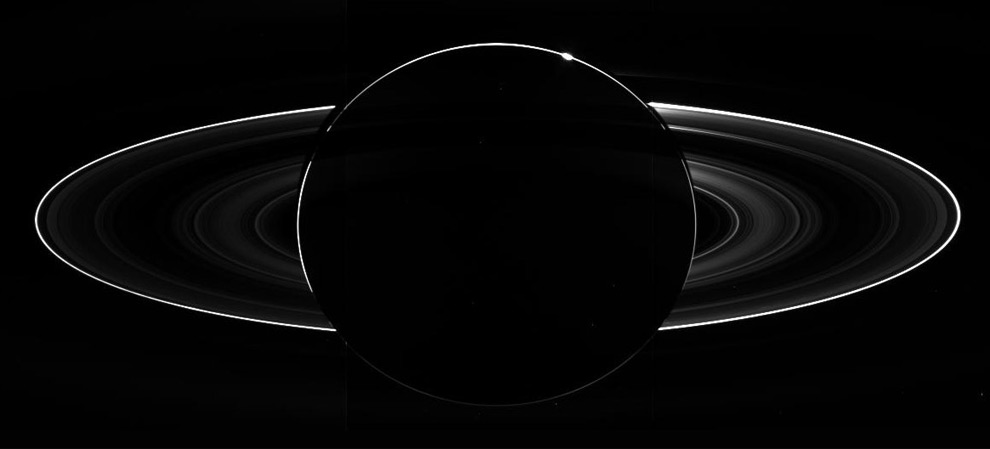
The Sun is on the opposite side, so all of Saturn is backlit. Courtesy NASA/JPL-Caltech
ดวงอาทิตย์อยู่คนละด้านกัน ภาพดาวเสาร์ที่ยานคาสสินีถ่ายได้ก็เลยมือดแบบนี้
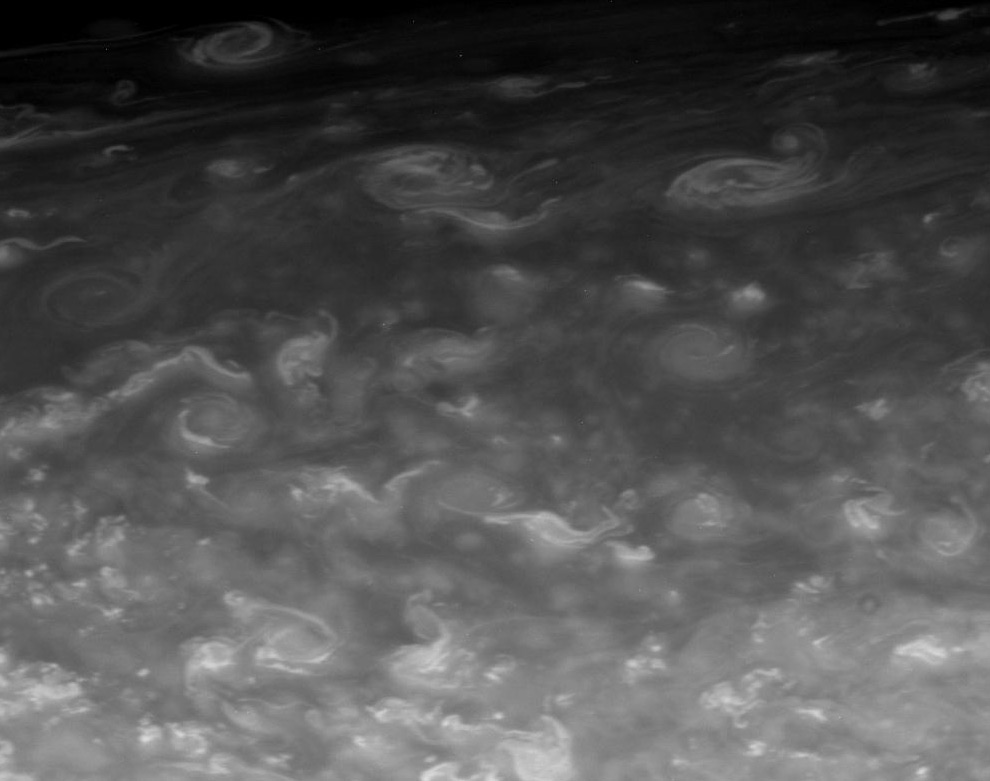
Swirls in Saturn's cloud-tops. Courtesy NASA/JPL-Caltech
พายุหมุน ที่เมฆในชันสูงสุดของดาวเสาร์
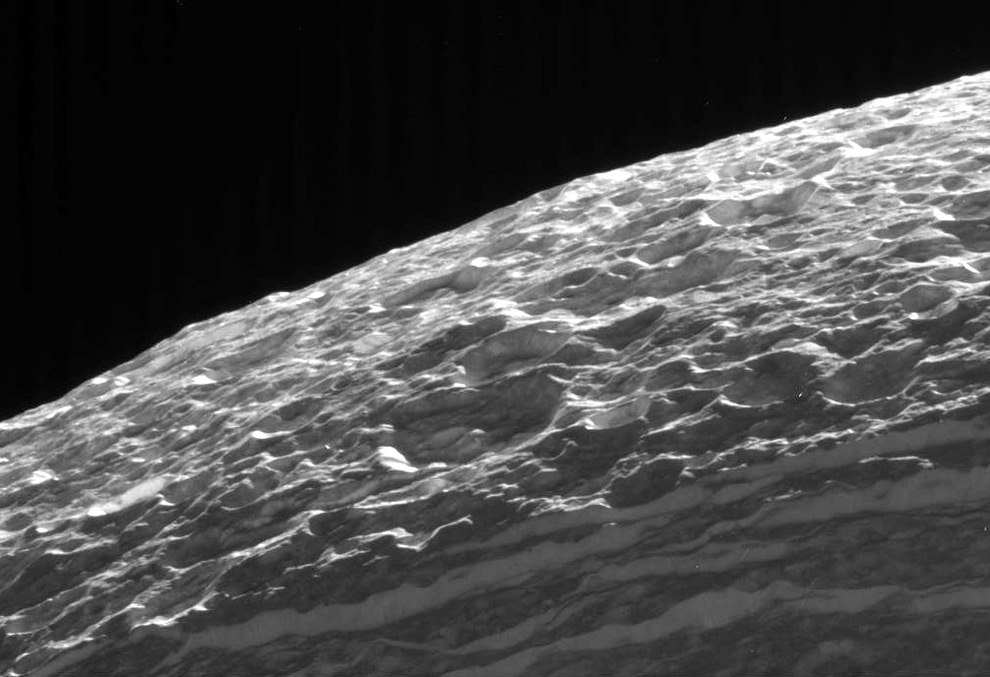
The surface of Saturn's moon Dione, up close. Courtesy NASA/JPL-Caltech
พื้นผิวของดวางจันทร์บริวารของดาวเสาร์ ที่ชื่อดวงจันทร์ ดิโอเน
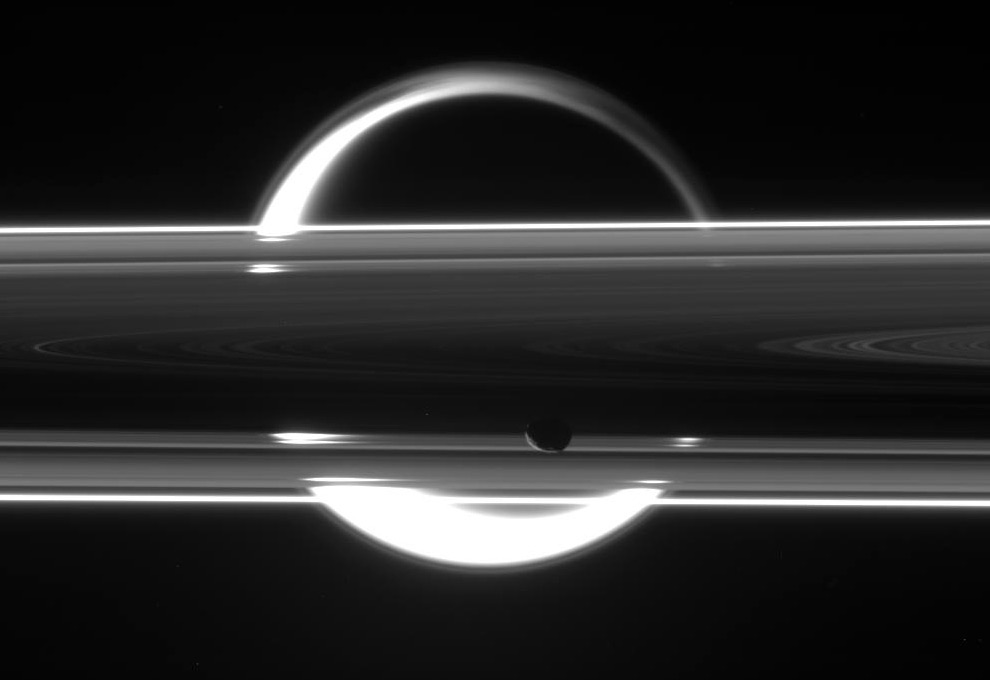
Tiny moon Janus, seen before Saturn's rings, with massive moon Titan beyond. Courtesy NASA/JPL-Caltech
ดวงจันทร์จิ๋วที่ชื่อ แจนัส เห็นได้ตรงวงแหวนของดาวเสาร์ ขณะที่ดวงจันทร์ขนาดใหญ่ของดาวเสาร์ที่ชื่อ ไททัน อยู่ห่างออกไป
Saturn's moon Rhea, with Izanagi Crater at center. Courtesy NASA/JPL-Caltech
ดวงจันทร์ของดาวเสาร์อีกดวง ชื่อ เรีย
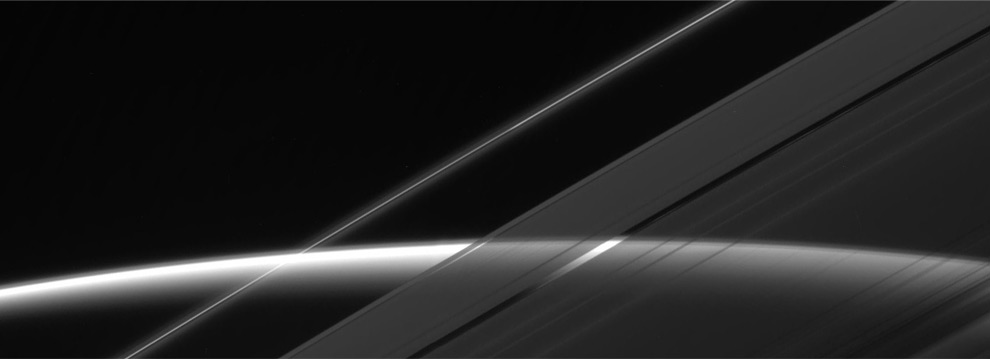
Saturn's horizon seen through its thin rings. Courtesy NASA/JPL-Caltech
ขอบฟ้าของดาวเสาร์ เมื่อมองผ่านวงแหวนบางๆ รอบตัวมัน
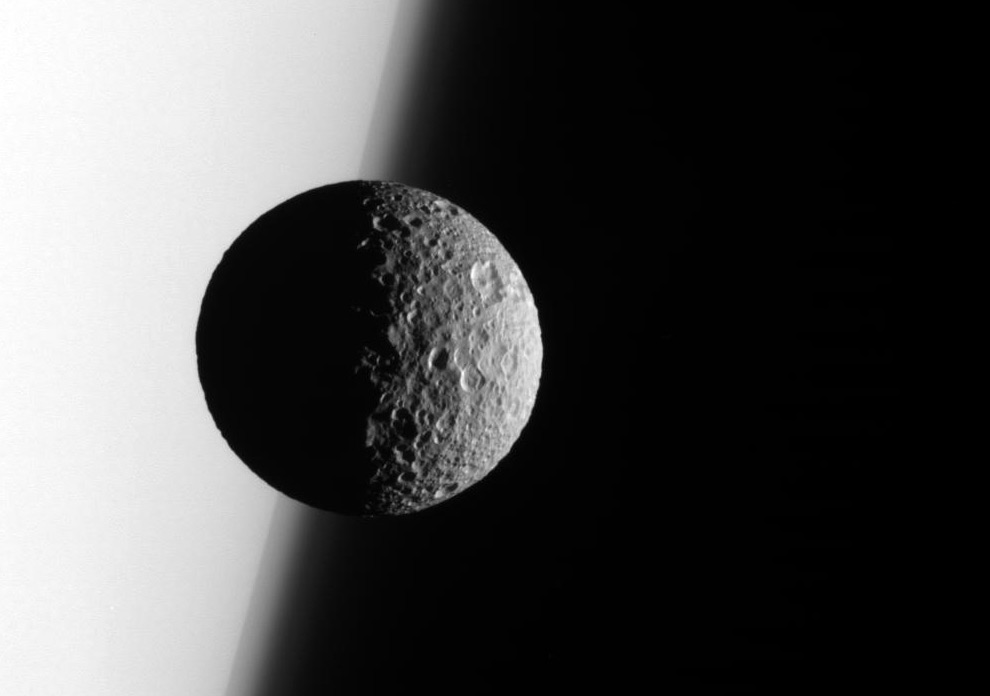
Small moon Mimas, seen against Saturn's horizon. Courtesy NASA/JPL-Caltech
ไมมัส ดวงจันทร์ขนาดเล็กของดาวเสาร์ อยู่ตรงขอบฟ้าของดาวเสาร์
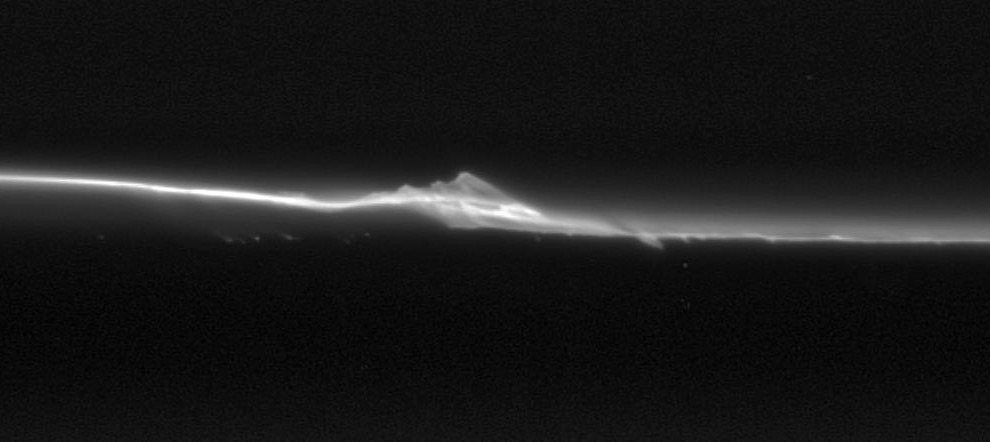
A "knot", or small disturbance in one of Saturn's outer rings. Courtesy NASA/JPL-Caltech
ปม หรือผิวที่ไม่เรียบ ที่บริเวณวงแหวนรอบนอกของดาวเสาร์
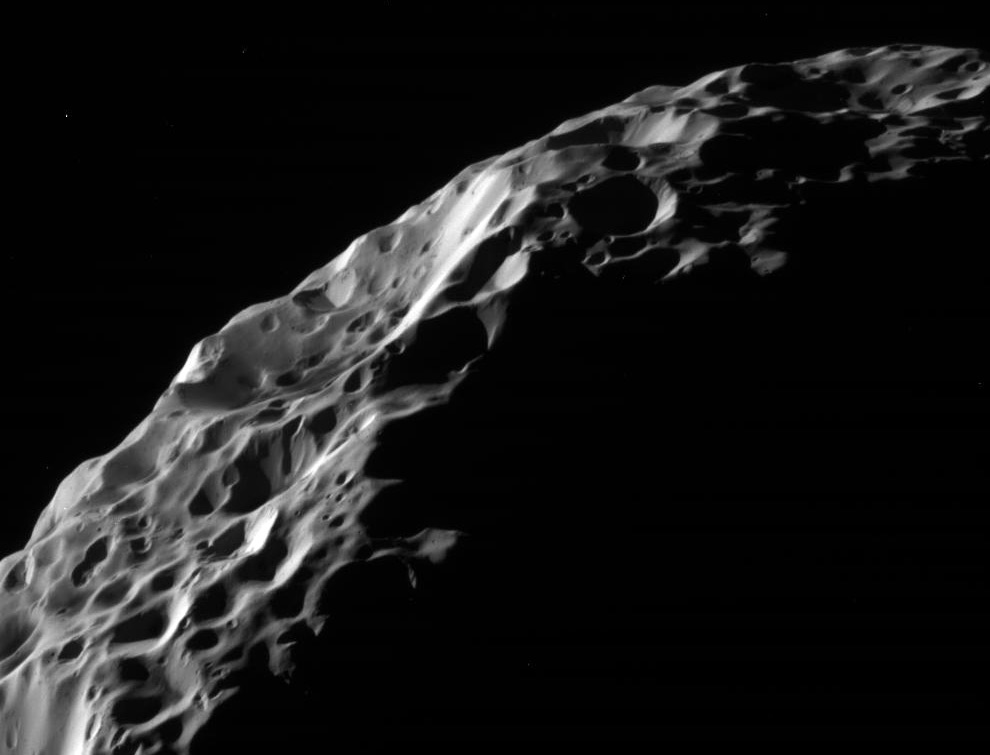
Closeup of small, cratered moon Hyperion. Courtesy NASA/JPL-Caltech
ผิวของดวงจันทร์ไฮเปอร์รอน ดวงจันทร์ขนาดเล็กอีกดวงของดาวเสาร์
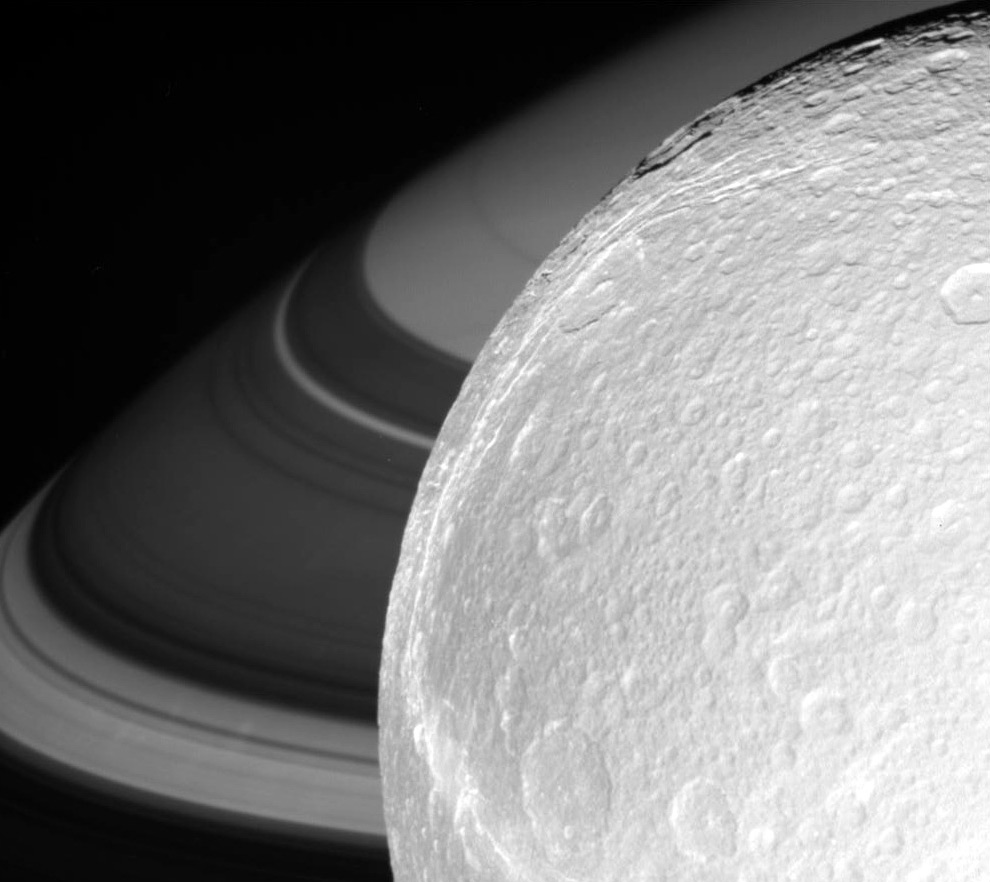
Saturn's moon Enceladus, seen just in front of Saturn. Courtesy NASA/JPL-Caltech
เอ็นซีลาดัส ดวงจันทร์อีกดวงของดาวเสาร์ (ที่อยู่เบื้องหลัง )
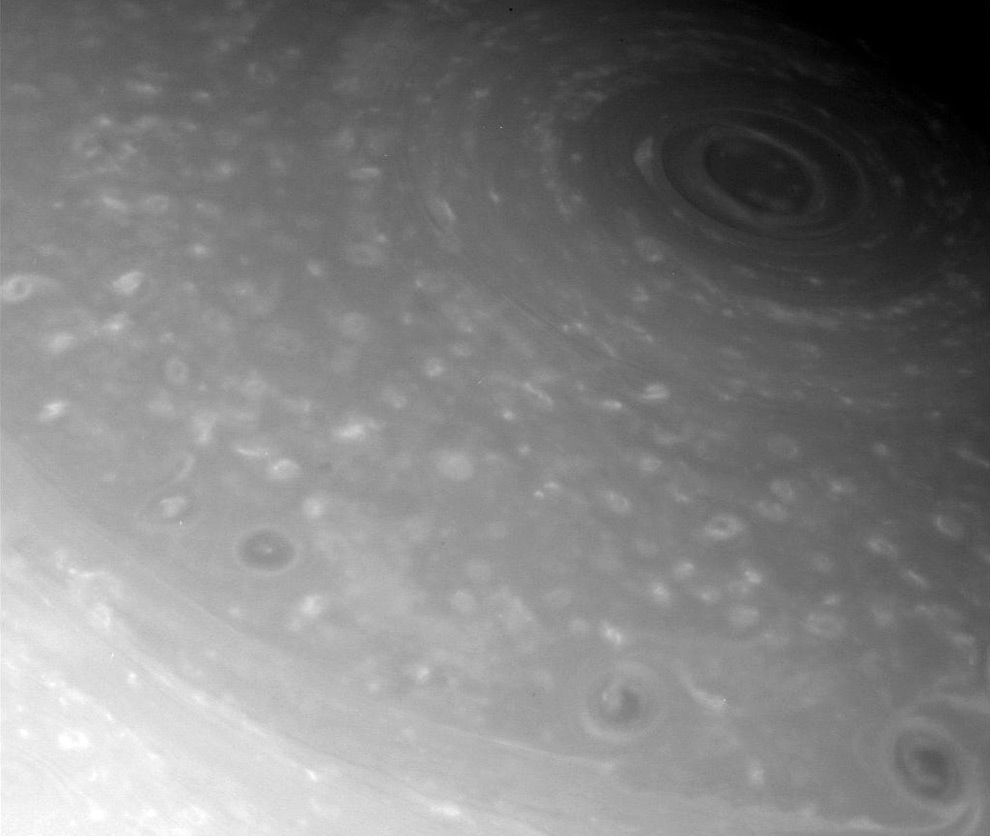
Saturn's polar region. Courtesy NASA/JPL-Caltech
บริเวณขั้วโลกของดาวเสาร์
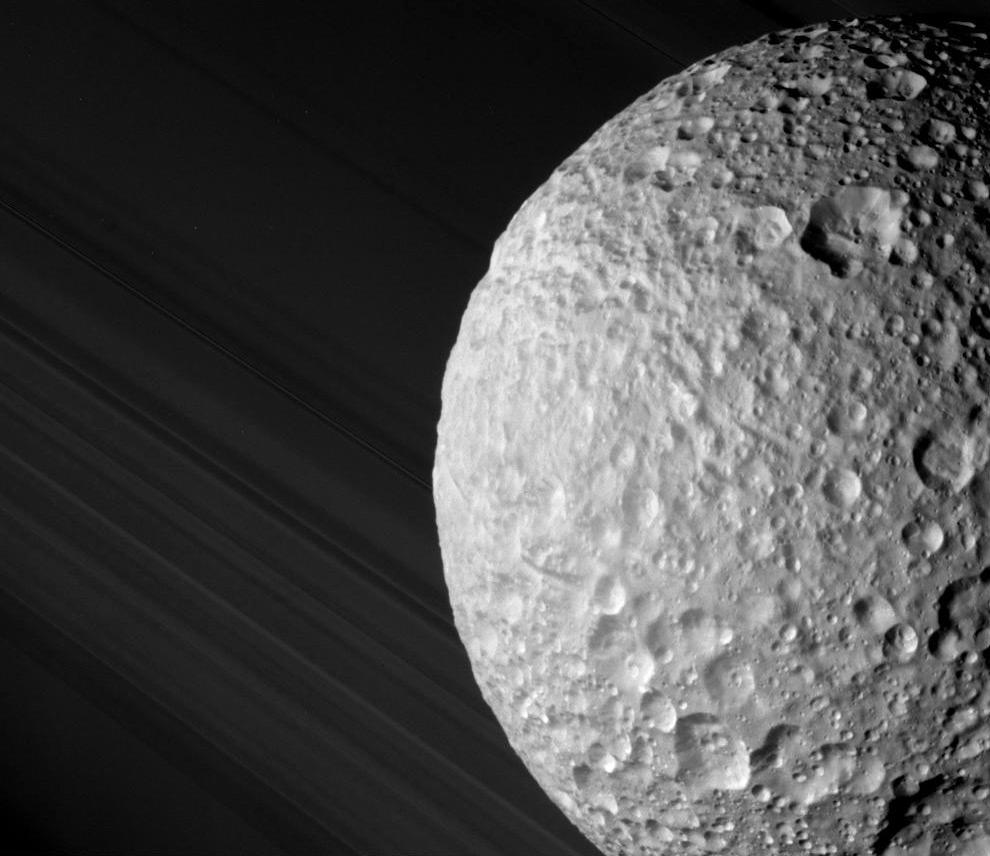
Mimas closeup, with rings in background. Courtesy NASA/JPL-Caltech
ดวงจันทร์ไมมัส ที่ลอยอยู่หน้าวงแหวนของดาวเสาร์





































































